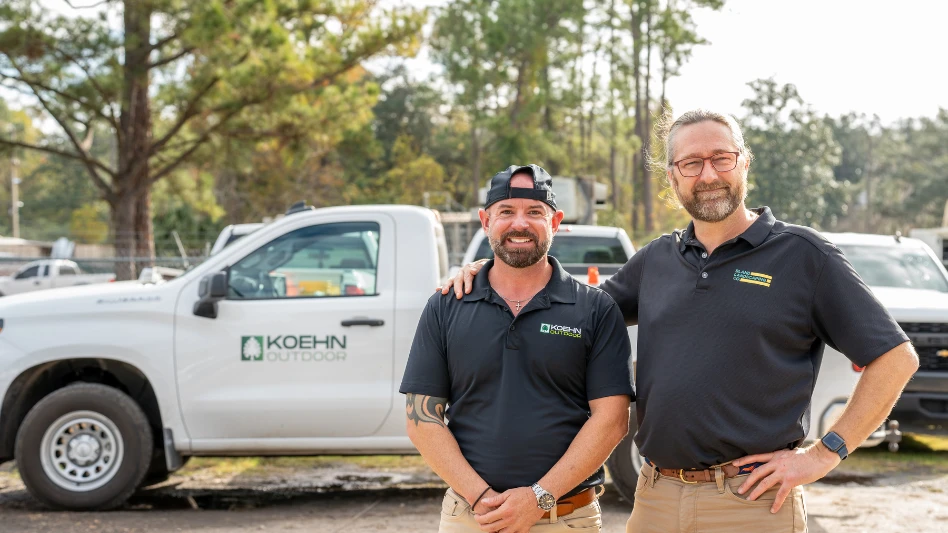Jim Kelley added aeration services to his full-service landscape company 25 years ago. At that time, it was added because of contractual requirements with his many public contracts, but now he says it’s a good way to bring in extra revenue in this tough 2009 season.
“In a down economy you have to look to expand services into your own customer base and this is a good way to bring in some extra revenue,” says Kelley, president, Cambridge Landscape Co., Cambridge, Mass. “The only cost is the actual purchase of the machine.”
Lawn care operators could see real growth and profitability if they push aeration as an add-on to routine lawn care programs, Kelley says. For his 95-employee company, aeration is part of the general growth of the company because it is included with the maintenance program and is not a separate division.
Since the company’s accounts are already pre-measured for turf, they base aeration prices on existing production rates.
Another bonus of adding aeration to a menu of services is that it is an easy sell to the customers. The benefits are numerous, including improved air exchange and soil water uptake. Aeration can also reduce water runoff and provide stronger turfgrass roots. “It’s a no-brainer – it improves turf density and vigor,” Kelley says.
Kelley aerates in spring and fall on the large amount of athletic turf fields he cares for, since the company does 50 percent of their total work for a well-known university in Boston. The remainder of the business’ work is split between residential, commercial and municipal properties. For residential properties, Cambridge Landscape typically aerates once per year.
Whether they are caring for a campus or a home, Cambridge Landscape uses four RYAN aerators – the LA 20 and LA 28 models. Kelley enjoys the amount of productivity these machines offer because he says they are fast and have a 2.5-inch coring depth. “We like these because the production rate is 28,000 feet per hour,” Kelley says. “We’ve had these in excess of 10 years.”
With this long life, typically only routine maintenance (like oil changes) is necessary. “The tines can wear out over time since you want to be aerating deep in the soil and that can require maintenance,” Kelley says.
Overall Kelley is a satisfied customer, but he would like to see all manufacturers work to make aerator tines stronger and last longer.
And, Kelley reminds contractors there is no perfect tool for every job. He suggests contractors do their research and figure out their needs when buying equipment like aerators. “Figure out exactly what you need for the specific properties you are on and then find a machine that matches those needs,” he says.
And once starting aeration on a customer’s property, remember to ask the client about things like shallow cables in the ground to prevent unnecessary damage. “You have to mark irrigation heads and ask if they have shallow low-voltage wires, landscape lighting or even electronic dog sensors,” Kelley advises. “This will ensure you don’t put more cost into the job fixing stuff than you need to – not to mention potentially losing a client’s trust.”
The author is a freelance writer based in Valley View, Ohio.

Explore the July 2009 Issue
Check out more from this issue and find your next story to read.
Latest from Lawn & Landscape
- Terra Nova's Sedum Conga Line variety wins Best of 2024 Perennial award
- Different ways to distribute
- Case's 580EV electric backhoe loader wins Good Design Award
- Davey Tree promotes Dan Herms to VP, GM of Davey Institute
- Caterpillar's Cheryl H. Johnson set for April retirement
- Registration open for sixth annual Lawn & Landscape Technology Conference
- 12 interview questions to help you hire winners
- To Lease or Not to Lease





